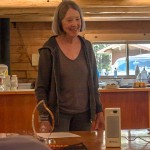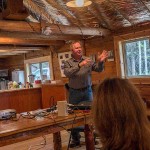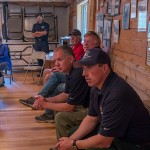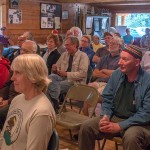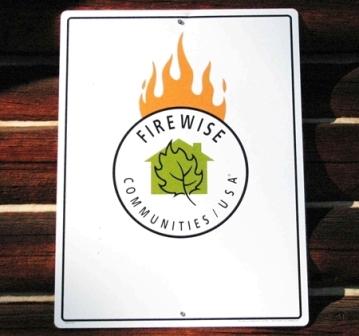The fire season is upon us here in the Northfork
Should we have a fire which is actually on the ground; there are a few things to think about to protect your property, yourself, family, friends and neighbors.
1. Know your escape route. Plan your route and know that you can make it out ahead of danger.
2. In the event you or family members have health problems get out early. Do not wait until the last minute to leave. The smoke can be more deadly to someone with breathing or other health issues than the actual fire.
3. Have your most valuable personal items packed and do not plan on having some of your friends come from the valley if the fire is threatening your home.
4. Have your roof clear of debris, i.e. branches, needles, leaves and any other items that you have neglected to remove.
5. If you store firewood around your building, move it away from the building into an open area. You can always move it back in the fall. Firewood gathers fire embers and will burn as easily in a pile on your deck or under you porch as it would in the stove and it will burn your home down.
6. Have your water on and keep your yard as green as possible. If your lawn has already turned brown you can mow it off close to the ground. Fire needs fuel to burn. You can put rain bird sprinklers on your deck, porch and or roof.
7. Let’s say that the road to your home is 10 feet wide, you need to clear the brush and trees back ten feet on either side. If a pickup or other larger vehicle cannot get to your home without rubbing branches or brush, you cannot expect fire personnel to go into your home to protect it.
8. You need to have your fire resistant clothing ready and in a place that you can get into it easily. Your clothing needs to consist of the following:
A. 100% cotton clothing, unless you have fire resistant clothing, i.e. Jeans, black or blue.
B. You need to have lace up boots. Fighting fire in clogs, flip-flops’, tennis shoes, boat-shoes etc. is a dangerous thing to do.
C. If you are wearing clothing that is Spandex or other lightweight flammable materials, you are making yourself into a medical problem. The new lightweight materials are usually very flammable and you can be shrink-wrapped in an instant if you are close to the fire.
D. Have a good pair of leather gloves. The gloves should be the kind that you wear and are somewhat broken in. Do not use gloves that have no fingers or are full of holes in them.
E. Have all of your shovels, saws and fuels away from your home or garage or other out building. Note, shovel, rake and other tools handles burn. The middle of your lawn is good, or if you have a large open space. Mow the area and rake all of the grasses and other debris away from your fuel area. Then cover with a good heavy canvas tarp, NOT a plastic blue, green, silver or any other color you might have as they are usually made from a petroleum produce and burn readily.
F. MAKE SURE THAT YOU TURN OFF YOU PROPANE TANKS AT THE TANK.
In the event of a major fire, the incident management team may have a team of structure protection people come around and triage your home and or property. If you have not made your home fire-wise, or you have a drive that is not safe to put fire personnel in on, you should be aware that your home will NOT be protected.
Plan ahead, live longer and be safe.
Lynn P Ogle, Fire Chief
Trail Creek Fire Service Company
(Aka; The Trail Creek Irregulars)
